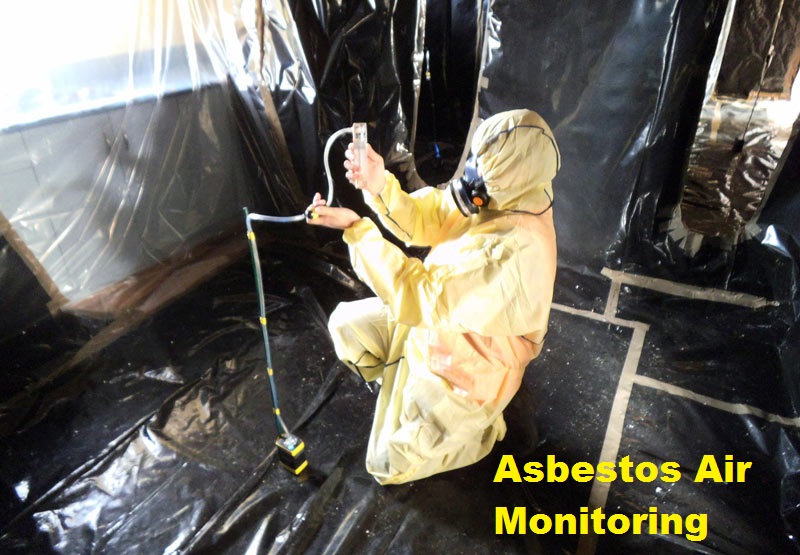The Importance of Asbestos Air Monitoring
After asbestos-containing materials have been removed from your home, it does not necessarily mean that the risks for inhaling asbestos fibres have been totally eliminated.
Whether you are planning to remove asbestos-containing materials from your home or you are hiring professionals to perform this task for you, appropriate safety measures should be put into place in order to minimise the possibility of asbestos fibres being dispersed into the air.
One such measure is asbestos air monitoring. What is the importance of asbestos air monitoring?
Asbestos air monitoring refers to a group of tests which are conducted in order to evaluate respirable fibres as well as the effectiveness of asbestos removal control measures that have been implemented. These tests should adhere to the guidelines set forth by state legislative bodies and by Safe Work Australia.
These tests are mandatory for the removable of materials containing friable asbestos. Friable asbestos-containing materials are those which contain over one percent of asbestos, either by weight or area, which can be pulverised, crumbled or reduced to powder by the pressure of a hand. Non-friable asbestos, on the other hand, refers to asbestos-containing materials that cannot be pulverised, crumbled or reduced to powder by ordinary hand pressure.
Air monitoring must be conducted during, immediately after and upon completion of the asbestos removal. Although air monitoring is non-mandatory for the removal of non-friable asbestos-containing material, it is still a good idea to conduct these tests in order to guarantee the safety of your loved ones and evaluate the air quality inside the home.
There are different ways to conduct asbestos air monitoring, including exposure, control, background and clearance monitoring.
In exposure monitoring, regular samples are taken from the breathing zone and are compared to the national exposure standard. The goal of this test is to evaluate the risk of exposure to breathable asbestos fibres.
Control monitoring is conducted in order to evaluate the effectiveness of the control measures which are enforced while asbestos-containing materials are removed from the home. This monitoring entails the use of air monitors that are placed in a fixed location.
Background monitoring is conducted before the removal of asbestos-containing material and sets the benchmark for air quality.
Finally, clearance monitoring is conducted after the removal of asbestos-containing materials from a building or home. If the test results say that the level of airborne fibres are below 0.01 fibres/mL, the area is deemed to be safe for people. Otherwise, if the level of airborne fibres goes beyond the safe level, the area should be restricted.
The samples obtained during these tests will then be brought to NATA laboratories for evaluation. The tests should be conducted by professionals who have experience in both asbestos removal and monitoring and are equipped with the appropriate monitoring tools and equipment.
Call Jim’s Asbestos Removal on 131 546 or book online now for your free no-obligation quote!


